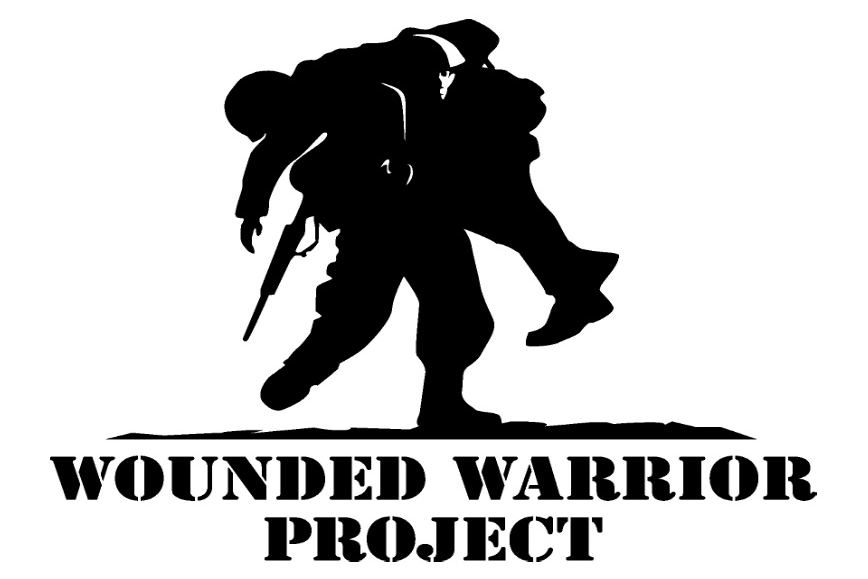Contributions to the Wounded Warrior Project (WWP) took another dramatic hit during 2017, down 30 percent after a 20-percent decline in 2016, according to the most recent federal Form 990 filing. Leaders of the organization, however, believe they’ve been able to dig out of rock bottom and back on a path toward growth.
Total revenue was reported at $226 million, compared with $322 million in 2016 and a peak of $398 million in 2015. Total expenses outpaced revenues for the first time, by more than $5 million. The Jacksonville, Fla.-based charity filed its annual Internal Revenue Service (IRS) Form 990 on April 12.
“This is a good news story, I think,” CEO Michael Linnington said during a telephone interview. “Clearly 2015 and 2016 was a tough time. We lost a lot of support for the organization. That dark period caused us to narrow our focus, tighten our belt, and focus on what’s most important: the people we serve,” he said.
Linnington said he would tell supporters to look at the impact of programs and services for constituents the organization serves. “We’re much more efficient, far leaner, and laser focused on serving our warriors to the best of our ability,” he said. Last year, the organization said it reached more than 132,000 veterans and family members through free, direct programs and services, a nearly 15 percent increase over 2016.
Nearly every revenue and expense category was down during the past two years. One exception was grants paid, up 7 percent to $38.3 million last year but still well below the peak of $87.5 million in 2015. Wounded Warrior spent almost $100 million less on program expenses last year ($166 million) compared to its high in 2015 ($262 million).
Linnington made the case that WWP is past its darkest days, with revenue rebounding in the current fiscal year — up 11 percent for the six months ended March 2018, compared with the previous year, and four consecutive quarters of growth on a year-over-year basis. Program expenses in 2018 are projected to increase by $30 million, or almost 20 percent, to nearly $200 million. “That’s what’s been optimistic,” Linnington said. “We really bottomed out in 2016, early 2017,” he said pointing to the last quarter of 2016 as the low point.
Ayla Tezel, vice president of communications, said that while it’s understandable to make the comparison to 2015 when WWP was at its peak, last year’s $166 million in program expenses is still the largest expenditure serving that constituency in the country.
The decline in revenues can be traced back to early 2016, after reports by CBS News and The New York Times scrutinized WWP’s spending practices amid criticism from former employees, leading to an internal review by the charity that ultimately resulted in some internal policy changes and the removal of its top executives. The latest tax form is the first full tax year under Linnington, who was hired in July 2016 after former CEO Steven Nardizzi and former COO Al Giordano were let go that spring. In September 2016, a restructuring included reduction in the nearly 600 total employees, with a focus on areas identified as “the greatest need.”
Despite the restructuring and lowered revenue, the organization boasted of a greater percentage spent on program last year than in 2016, about 72 percent versus 71 percent. Program ratios of 75 and 76 percent in 2015 and 2014, respectively, included contributions to the Wounded Warrior Long-Term Support Trust. The organization has paused contributions to the long-term trust to focus on direct program delivery, physical and mental health, and independence and economic empowerment programs, Linnington said.
According to WWP’s Form 990, cash on hand was $6.2 million at the end of the last fiscal year (September 2017), down from $34 million in 2016 and $75 million in 2015. To keep program spending up and hiring more staff, WWP shifted strategic reserves to allow more money into programs, according to Linnington, and will continue as needed to draw on strategic reserves to impact their greatest needs.
From 2013 to 2015, Wounded Warrior contributed more than $91 million to the long-term trust, designed to help those veterans most in need. The most recent financials peg total value of the trust at more than $100 million after income the past two years of $7.1 million and $4.1 million, respectively. If revenues continue to increase, they might invest more in the long-term support trust but there is “no near-term intent to increase” contributions to the long-term support trust, Linnington said, with enough in the trust to cover any needs in its independence program.
Despite the fall off in revenue, WWP staff continues to grow, returning to near 2016 staffing levels with projections to surpass 700 employees next year. Meanwhile, salaries and wages haven’t dropped off to the extent that revenue or overall expenses have, remaining between $48 million and $52 million the past two years. “Direct program delivery through employees and increasing headcount in program teammates is why you see the salary numbers relatively consistent,” Linnington said.
Severe cuts were made in the area of direct response and direct response television expenses, down from a high of $36 million in 2015 to $15 million in 2017, and events and activities, from $30 million to $17.5 million last year.
Doug White, an author and former director of Columbia University’s master of science in fundraising management program, is not convinced that things are that rosy for WWP. “I’m concerned about their need to say they’re always doing great. At least acknowledge that something bad happened and it wasn’t [former chief executive] Steve [Nardizzi] and [former COO] Al [Giordano]. The problem wasn’t that; the problem was firing them and creating so little confidence in the organization that people dropped off,” said White, who authored a report in 2016 about WWP’s executive turnover fiasco that laid more blame at the feet of the board of directors.
“They knew this was coming, expectations became so low,” he said.
“Even if WWP spends more than $200 million on programs this year, it still is likely to be less than what it spent on programs in 2015, before the crisis,” White said. “I want Wounded Warrior Project to succeed. Its mission is second to none, particularly in the veterans’ space, and its work is badly needed.”










